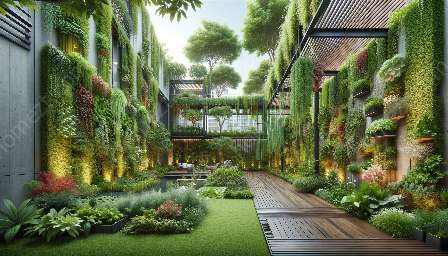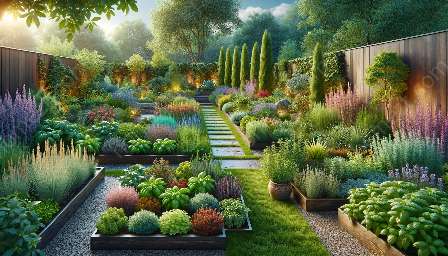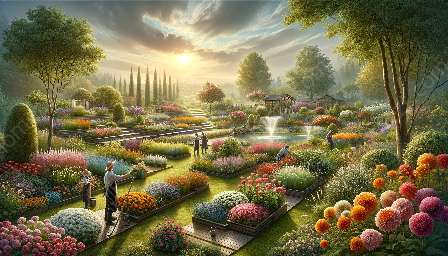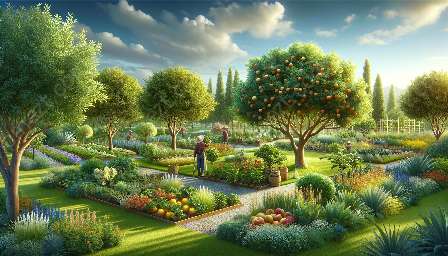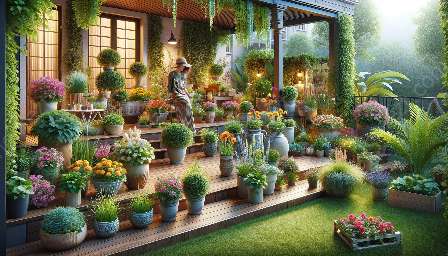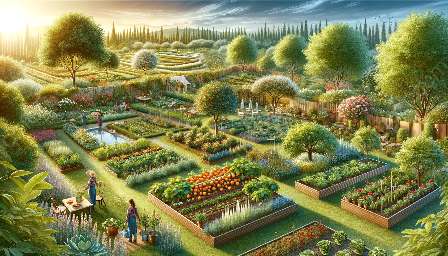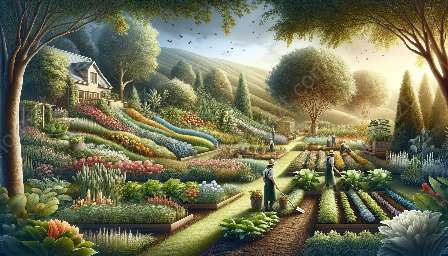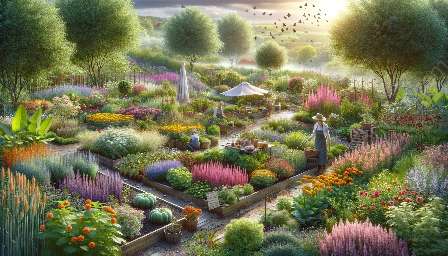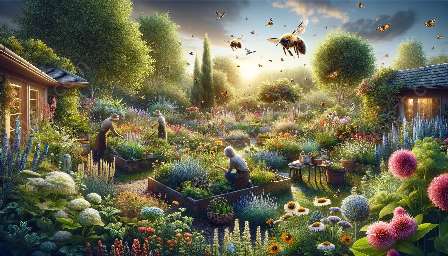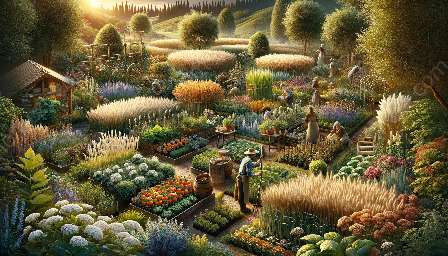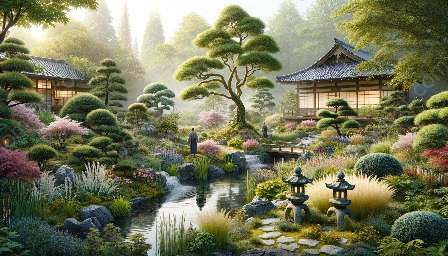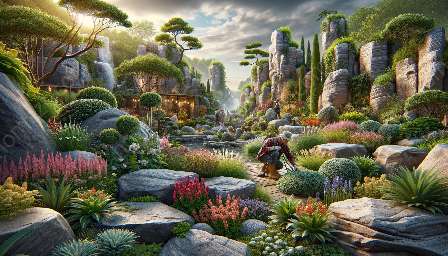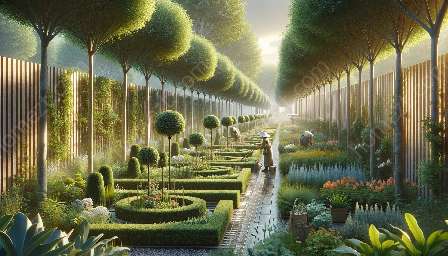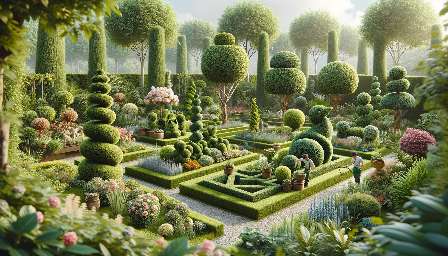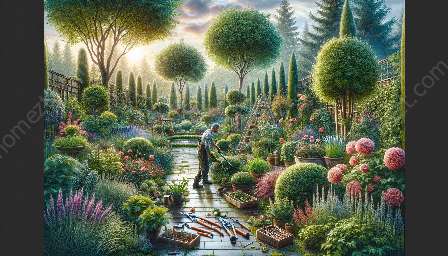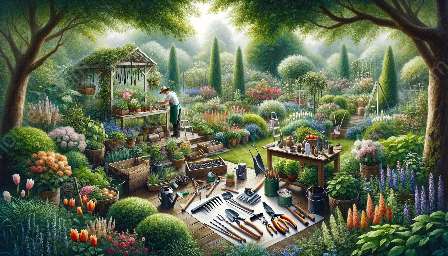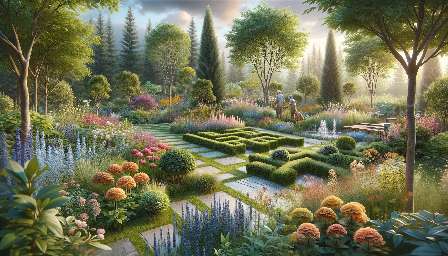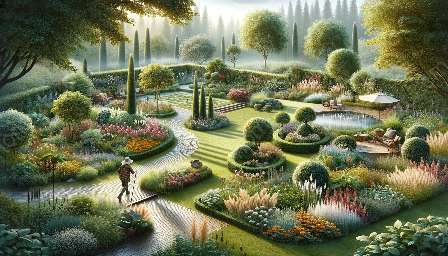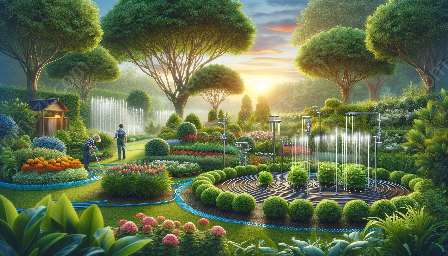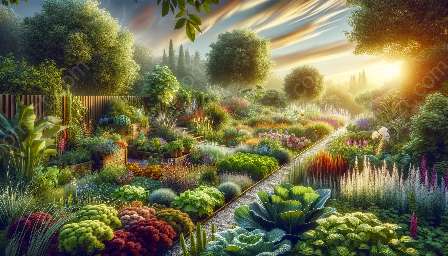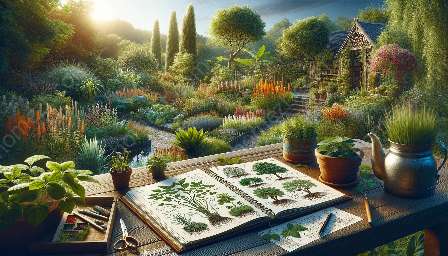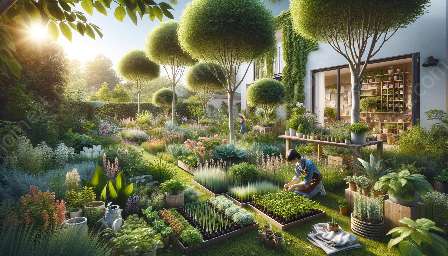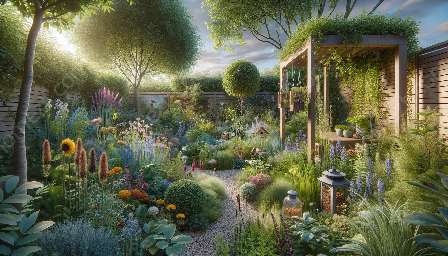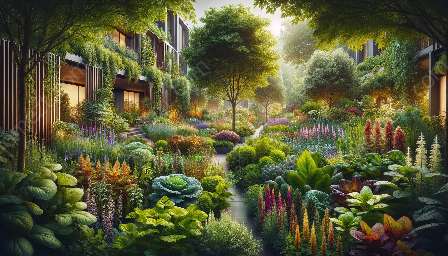Discover the art of topiary, which involves shaping and sculpting plants into ornamental designs, adding a unique touch to your garden and landscape. This comprehensive guide will explore the history, techniques, and companion planting options for topiary design, helping you create stunning and cohesive outdoor spaces.
The History of Topiary
The art of topiary dates back to ancient Rome, where it was first used to decorate gardens. Topiary involves carefully shaping and training living plants into geometric or intricate forms, adding an element of artistry to outdoor spaces. Over the centuries, topiary has evolved into a popular horticultural art form, with different cultures and periods contributing to its rich history.
Techniques of Topiary
Creating topiary involves skillful pruning and shaping of plants to achieve specific forms and patterns. Common techniques include shearing, espalier, and topiary wire frames. Different plant species, including boxwood, yew, and holly, are often preferred for their ability to withstand frequent pruning and shaping while maintaining their lush appearance. Understanding these techniques is essential for achieving desired topiary designs.
Companion Planting with Topiary
Companion planting involves strategically placing plants next to each other to enhance growth, deter pests, and maximize aesthetic appeal. When incorporating topiary into companion planting, consider the surrounding plant species and their compatibility with the topiary design. Mixing aromatic herbs, such as lavender and rosemary, with topiary plants can create a harmonious and visually appealing arrangement. Additionally, incorporating flowering plants around topiary sculptures can add color and depth to the overall landscape design.
Integrating Topiary into Your Garden & Landscape
When planning your garden or landscape design, consider the placement of topiary as a focal point or an accent piece. Topiary sculptures can be strategically positioned to create visual interest and structure within a garden. Whether integrated into formal garden spaces or used to add whimsy and charm to a naturalistic landscape, topiary offers endless possibilities for creative expression.
Caring for Topiary Designs
Maintaining topiary plants requires regular pruning, watering, and fertilizing to ensure their health and longevity. Proper care and maintenance of topiary designs involve attention to detail and an understanding of the specific needs of each plant species. By following best practices, you can preserve the intricate shapes and forms of your topiary sculptures, contributing to the overall beauty of your garden and landscape.
Exploring Topiary Design Ideas
Unleash your creativity by exploring various topiary design ideas, from classic geometric shapes to whimsical animal forms. Consider the overall theme and style of your garden or landscape when selecting topiary designs, ensuring that they complement the existing elements and contribute to a cohesive and harmonious outdoor environment.
Conclusion
Topiary serves as a captivating art form that seamlessly integrates into gardening and landscaping projects. By understanding the history, techniques, and companion planting options for topiary design, you can elevate the aesthetic appeal of your outdoor spaces and create a lasting impression. Embrace the beauty of topiary and unleash your imagination to transform your garden and landscape into an enchanting masterpiece.

